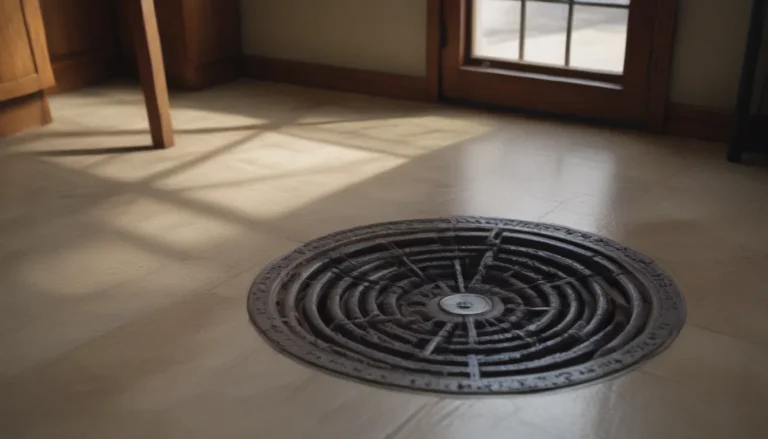A Comprehensive Guide to Understanding Fuses and Fuse Boxes

If you’re a homeowner or renter, you’ve probably come across the terms “fuses” and “fuse boxes” at some point. These essential components play a crucial role in protecting your home’s electrical system from power surges and excessive currents.
What exactly are Fuses and Fuse Boxes?
Fuses
A fuse is a simple yet effective device that safeguards electrical systems from dangerous power surges and high temperatures. When faced with extreme conditions, the fuse will blow or burn out, breaking the circuit and preventing further damage. Unlike circuit breakers, fuses cannot be reset; once blown, they must be replaced.
Fuse Boxes
A fuse box is a metal container housing screw-in fuses and cartridge fuses. Typically found in older homes, fuse boxes are smaller than modern electrical service panels and usually contain between six and 12 fuses. Most older fuse boxes have a total capacity of 60 amps, while newer residential electrical systems can handle up to 200 amps.
Tip: While circuit breakers and service panels are sometimes referred to as fuses and fuse boxes, they operate differently. Fuses have a burning element, while circuit breakers can be reset.
How Fuses Work and Their Functions
Fuses are classified as overcurrent protective devices (OCPD) by the National Electrical Code. This means that they serve the same purpose as circuit breakers, though they are distinct devices. A fuse contains a fusible section, also known as the fusing element, which is a thin metal strip sealed inside a glass fuse body. When the fusing element receives more power than it can handle, it heats up, melts, and breaks the circuit, ensuring safety.
After a fuse blows, the fusing element is permanently damaged, requiring the fuse to be replaced. There are two main types of fuses used in residential settings:
Types of Fuses:
– Screw-in fuses
– Cartridge fuses
Screw-in fuses are small, round fuses with a glass body and a metal base that screws into the fuse box, similar to a light bulb. On the other hand, cartridge fuses are cylindrical and fit into metal fuse blocks, designed for heavier loads like dryers and ovens.
Tip: Look for fuse boxes in various locations such as closets, hallways, basements, or utility rooms. They may be concealed behind panels or pictures.
Understanding Why Fuses Blow
Fuses are intentionally designed as the weakest link in an electrical system to protect the rest of the components. There are several reasons why fuses blow, including:
Reasons for Blown Fuses:
– Overload: Exceeding the normal current level due to multiple devices on the same circuit.
– Short Circuit: A path of lesser resistance causes electricity to follow an unintended path.
– Ground Fault: A powered wire comes into contact with a grounded surface, leading to a blown fuse.
How to Identify and Replace Blown Fuses
If you suspect a blown fuse in your fuse box, you can visually inspect it or use a testing device for confirmation. Here’s how you can check and replace a blown fuse:
Identifying a Blown Fuse:
– Perform a visual inspection of screw-in fuses for cloudiness or a blackened appearance.
– Use a testing device such as an ohmmeter to check the continuity of the fuse.
Replacing a Blown Fuse:
– Unscrew the blown fuse carefully.
– Install a new fuse, ensuring it is the correct amperage rating.
– For main cartridge fuses, locate and replace them in the fuse blocks within the box.
Proper safety measures should be followed when handling fuses, such as wearing insulated gloves and standing on a dry surface.
Factors to Consider When Choosing a Fuse Box
If you’re contemplating upgrading your fuse box, several factors come into play, including:
Considerations for Fuse Boxes:
– Size or Circuit Rating: Ensure the fuse box can handle the total amp load of your electrical devices.
– Type: Choose between Type-S and Type-T fuse boxes based on your electrical requirements and safety preferences.
– Price: Consider the cost of purchasing and replacing fuse boxes versus circuit breakers.
– Capacity: Determine if your electrical needs exceed the maximum capacity of a fuse box; upgrading to a circuit breaker system may be necessary.
It’s crucial to consult with your local code and permitting office to ensure that your fuse box is compliant with regulations. While fuses and fuse boxes are still operational, many experts recommend upgrading to modern circuit breakers for enhanced safety features.
When to Seek Professional Assistance
For complex tasks such as updating your fuse box to a circuit breaker system or dealing with extensive electrical issues, it’s advisable to hire a qualified, licensed electrician. Electrical systems can be hazardous, and improper handling of fuses or fuse boxes can result in safety risks.
In conclusion, understanding fuses and fuse boxes is essential for maintaining a safe and efficient electrical system in your home. By following safety guidelines, performing routine inspections, and seeking professional help when needed, you can ensure the optimal functioning of your electrical infrastructure.
Remember, when in doubt, always consult with a knowledgeable professional to address any electrical concerns effectively. Stay safe and informed when it comes to your home’s electrical systems!





